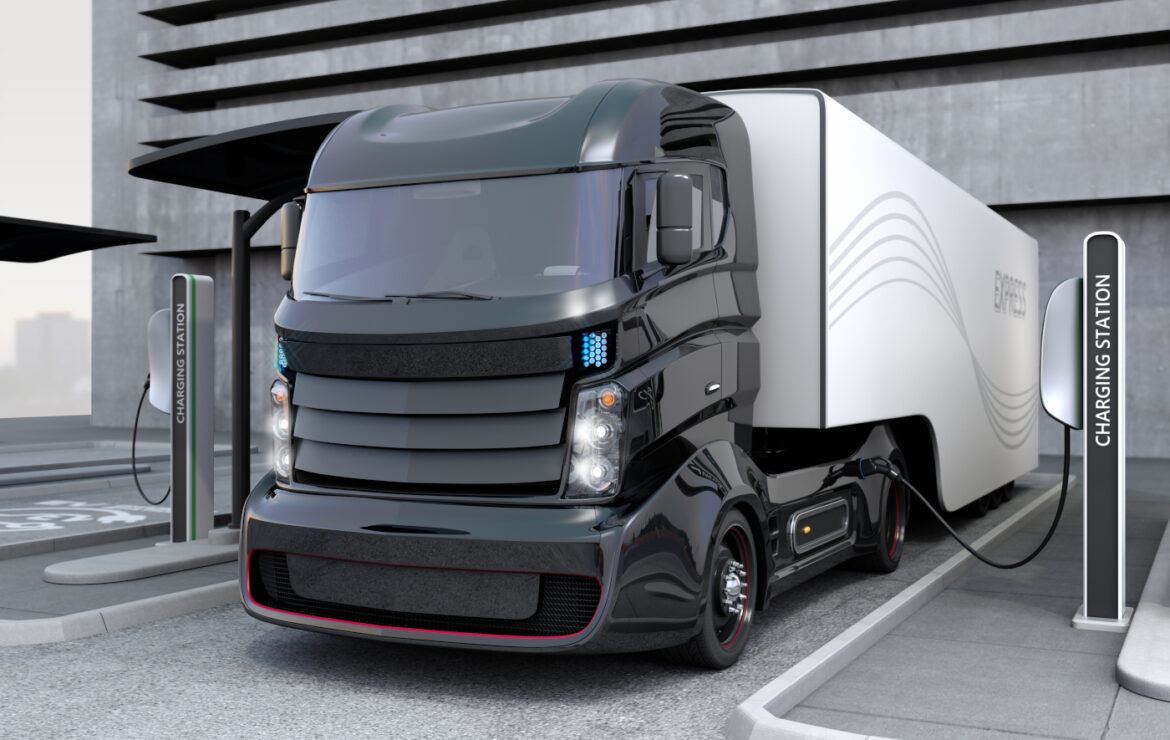
The U.S.’s Commitment to Zero Emissions for Commercial Vehicles
Today medium- and heavy-duty vehicles (MHDV) account for 10% of the vehicles on the road but contribute to 28% of emissions for transport in the U.S. With the U.S. government aware of these statistics and its impact on the environment, the U.S. government has taken action to reduce emissions by establishing legislation and funding organizations focused on zero-emission mobility. In pursuit of developing a zero-emission and sustainability strategy, the U.S. government aligned with 26 other countries at COP 27 (the 27th Conference of the Parties to the United Nations Framework Convention on Climate Change). The U.S. learned other countries share the same commercial vehicle emissions challenges and how they combat them. Since some countries are further ahead of the U.S. in their sustainability efforts and have designed and begun executing plans to meet their sustainability goals, it allowed the U.S. to learn some of the best sustainability strategies. At COP27, the U.S. signed the Global Memorandum of Understanding on Zero-Emission Medium- and Heavy-Duty Vehicles. The U.S. agreed to meet the COP27 zero-emission goals with some milestones. The U.S. plans to transition 30% of new MHDV sales from ICE (internal combustion engine) to EV by 2030, with the ultimate goal of transitioning all new MHDV sales by 2040 to EV.
The U.S. government has established two main legislations to meet these goals. The Inflation Reduction Act (IRA) includes tax incentives for over $370 billion in energy and climate programs over the next ten years. Within the IRA, the government has allocated over $1 billion for clean heavy-duty vehicles, including commercial vehicle incentives. The ”Infrastructure Investment and Jobs Act (IIJA) invests over $257.4 billion to support zero emissions mobility efforts. This bill includes funding for the EV infrastructure needed for electric buses, ferries, airports, ports, and waterways. The government has allocated $89.9 billion for repowering the public transit sector over the next five years. For companies to receive funding and tax incentives, the MHDVs must be manufactured in the U.S. These legislations will also help incentivizes U.S. OEMs to select tier one and two suppliers that are Buy America compliant. So, in addition to meeting national sustainability goals, these legislations will boost the U.S. economy by bringing back more jobs and vehicle production to the U.S.
Early in the release of these federal acts, companies like Amazon, Fed-Ex, and Frito Lay began repowering their last-mile delivery fleets to EVs to maximize the number of incentives. With this trend, U.S. OEMs can expect to see an increase in electric MHDV sales and production. With this in place, the U.S. is on the right trajectory to meet the 2030 milestone of 30% new MHDV sales to complete the transition of new MHDV sales by 2040 to EV. As OEMs begin their procurement operations, a critical concern will be to find tier-one suppliers with buy America-compliant products, like Modine EVantage™ thermal management solutions.





